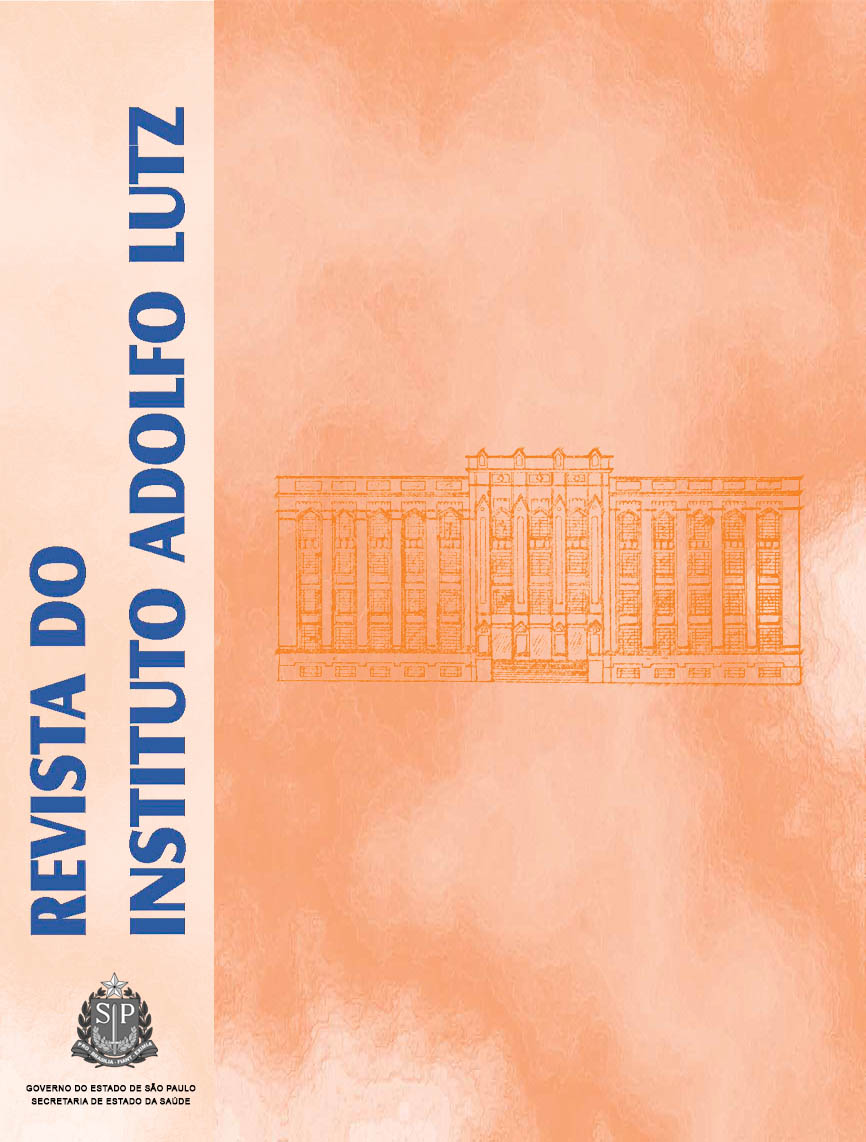Abstract
Iron deficiency anemia is currently the most common nutritional deficiency disorder worldwide affecting young children and women during their fertile years, since they are the most vulnerable groups for iron deficiency. Due to the global nature of the problem and its public health significance many programs have been developed for reducing the prevalence of iron deficiency. In this context, since 2002 the iron addition into flour has become mandatory in Brazil. Lack of iron may induce cellular immunodeficiency and may cause adverse mental and motor development. Otherwise, excess of iron stores may promote cancer and increase the risk of cardiovascular disorder. Thus, it is important to control fortified products in order to evaluate if the iron concentrations meet the law requirements. From the 85 wheat flour samples analyzed, 65.9% were out of the acceptance range according to the iron concentration indicated in the respective labels. These results indicated the need in assessing the procedure of iron fortification in wheat flour, carried out by the mills.References
1. Hemminki E, Nemet K, Horvàth M, Malin M, SchulerD, Hollan S. Impact of iron fortification of milk formulason infants growth and health. Nutrition Res 1995; 15(4):491-503.
2. Goodenough S. Iron deficiency – a concern for infants ofthe 1990s. Nutrition & Food Sci 1994; 6: 24-5.
3. Fairweather-Tait SJ, Johnson IT, Wharf SG, Lund EK. Iron-getting the balance right. Nutrition & Food Sci 1997;6: 212-4.
4. Cardoso MA, Penteado M de VC. Intervenções nutricionais na anemia ferropriva. Cad Saúde Pública1994; 10(2): 231-40.
5. Martínez-Navarrete N, Camacho MM, Martínez-Lahuerta J, Martínez-Monzó J, Fito P. Iron deficiency and iron fortified foods – a review. Food Res Intern 2002; 35: 225-31.
6. Brasil. Resolução RDC nº 344, de 13 dez. 2002 da Agência Nacional de Vigilância Sanitária do Ministério da Saúde. Aprova o regulamento técnico para a fortificação das farinhas de trigo e das farinhas de milho com ferro e ácido fólico. Diário Oficial [da] República Federativa do Brasil, Poder Executivo, Brasília, DF, 18 de dez 2002.
7. Organização Pan-Americana da Saúde (OPAS/OMS) –Brasil. Informativo de 13 de novembro de 2000. Desnutrição nas Américas. Disponível em: http://www.opas.org.br/sistema/fotos/nutricao.htm. Acessadoem: 01 abr 2005.
8. Leal LP, Osório MM. Validação e reprodutibilidade de sinais clínicos no diagnóstico de anemia em crianças. Cad Saúde Pública 2005; 21(2): 565-72.
9. Brady, MC. Addition of nutrients: the importance to public health. Br Food J 1996; 98(9): 3-11.
10. Torrejón CS, Castillo-Durán C, Hertrampf ED, Ruz M.Zinc and iron nutrition in Chilean children fed fortified milk provided by the complementary national food program. Nutrition 2004; 20: 177-80.
11. Brasil. Resolução RDC no 15 de 21 fev. 2000, da Agência Nacional de Vigilância Sanitária. Dispõe sobre a fortificação de ferro em farinhas de trigo e milho. Diário Oficial [da] República Federativa do Brasil, Poder Executivo, Brasília, DF, 25 fev 2000.
12. Anemia Ferropriva. Disponível em : [http://portalweb01.saúde.gov.br/alimentação/deficiência_ferro.cfm]. Acessado em: 01 abr 2005.
13. Nayak B, Nair, KM. In vitro bioavailability of iron from wheat flour fortified with ascorbic acid, EDTA and sodium hexametaphosphate, with or without iron. Food Chem 2003; 80: 545-50.
14. Germani, R. et al. Embrapa. Agroindústria de alimentos. Manual de fortificação de farinhas de trigo. 2001. Embrapa Agroindústria de Alimentos. Rio de Janeiro, RJ; 56p.
15. Kira CS, Maio FD, Maihara VA. Comparison of partial digestion procedures for determination of Ca, Cr, Cu, Fe,K, Mg, Mn, Na, P and Zn in milk by inductively coupled plasma optical emission spectrometry. JAOAC Int 2004; 87(1): 151-6.
16. GraphPad Instat version 3.00 for Windows 95, Graph Pad Software, San Diego, California, USA, www.graphpad.com.
17. Brasil. Resolução RDC nº 360, de 23 dez. 2003 da Agência Nacional de Vigilância Sanitária. Aprova o regulamento técnico sobre rotulagem nutricional de alimentos embalados. Diário Oficial [da] República Federativa do Brasil, Poder Executivo, Brasília, DF, 26 de dez 2003.
18. Instituto Nacional de Metrologia, Normalização e Qualidade Industrial [INMETRO]. Farinha de trigo especial. Disponível em: http://inmetro.gov.br/consumidor/produtos/farinha.asp. Acessado em 05 jul 2006.
19. Brasil. Resolução RDC nº 269, de 22 set. 2005 da Agência Nacional de Vigilância Sanitária. Aprova o RegulamentoTécnico sobre Ingestão diária Recomendada (IDR) de Proteína, Vitaminas e Minerais. Diário Oficial [da] República Federativa do Brasil, Poder Executivo, Brasília, DF, 23 de set 2005.
20. Brasil. Portaria nº 31, de 13 jan. 1998 da Secretaria Nacional de Vigilância Sanitária do Ministério da Saúde. Aprova o Regulamento Técnico referente a Alimentos Adicionados de Nutrientes Essenciais. Diário Oficial [da] República Federativa do Brasil, Poder Executivo, Brasília, DF, Seção I, 60-E, 30 de mar 1998.
21. Martindale: The complete drug reference. 34th ed. Suffolk, GB. 2005.

This work is licensed under a Creative Commons Attribution 4.0 International License.
Copyright (c) 2006 Instituto Adolfo Lutz Journal
